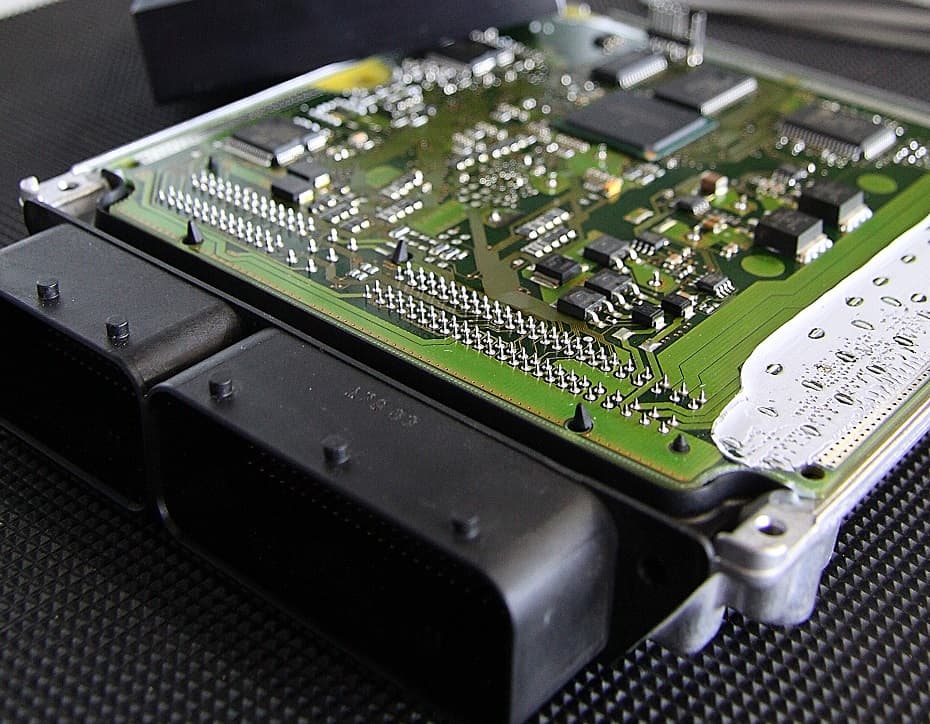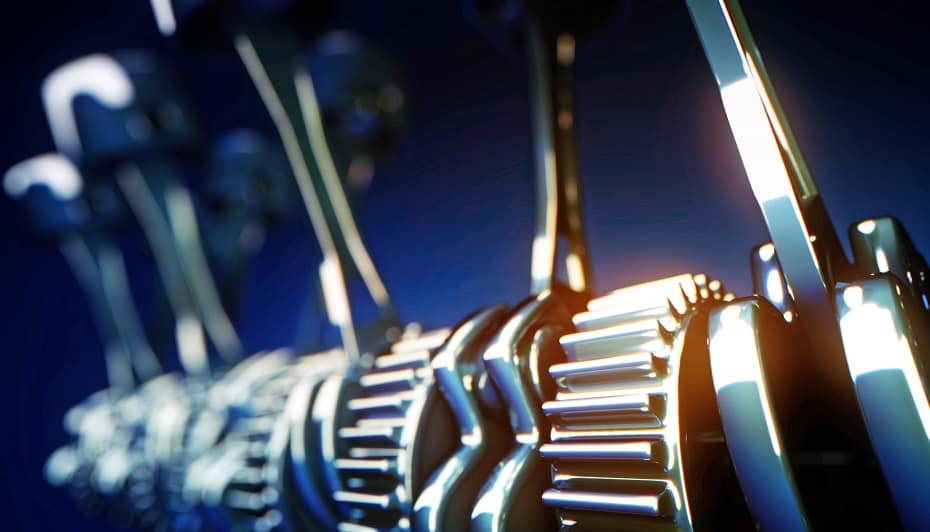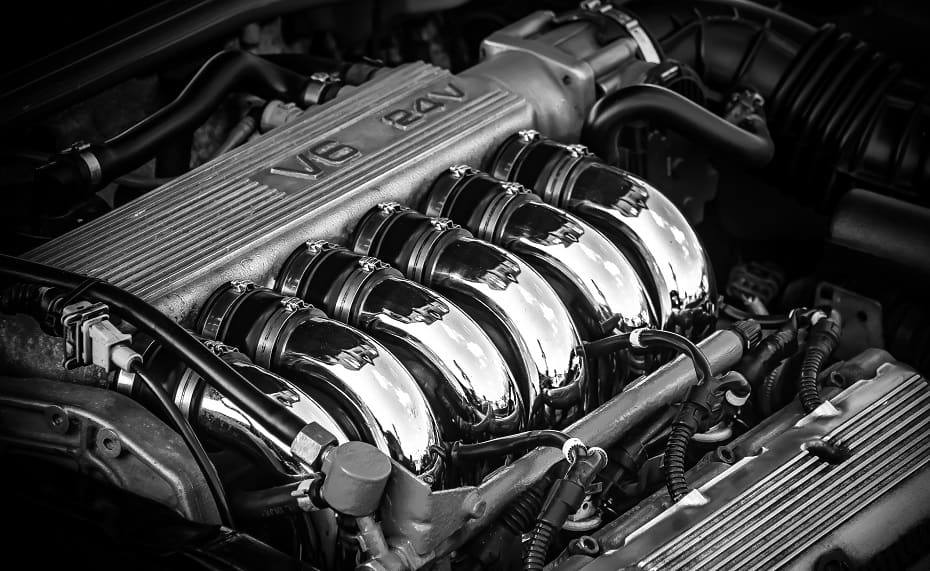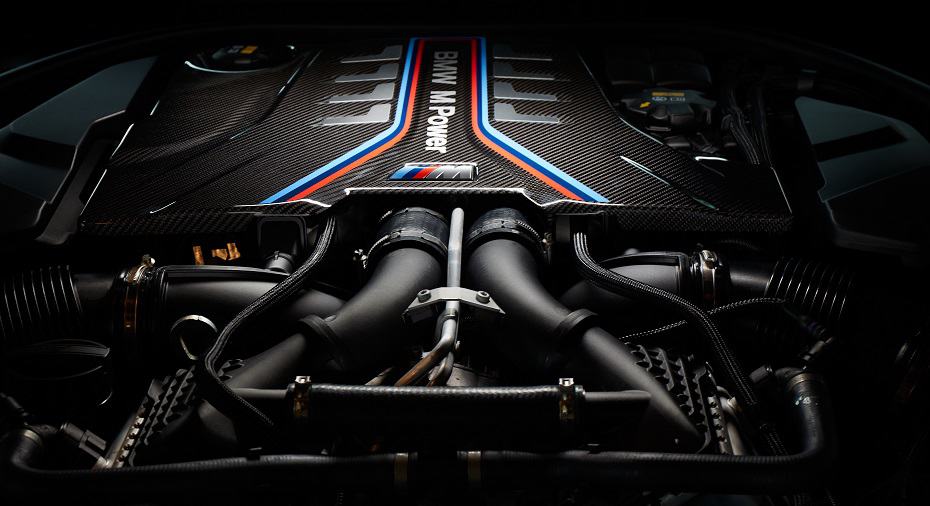A turbo is one of the most significant ways to dramatically increase how much horsepower your engine puts out.
While it’s true that you could see substantial gains, don’t be fooled. Real life isn’t like Instagram or the movies.
You’ll need authentic expertise and a functioning shop (or to pay someone else a lot of money).
You can’t walk up to your car and toss a turbo at it. There are so many extra things to accomplish.
In this guide, I will elucidate to you how much horsepower a turbo adds. Think you’re prepared for it?
I’m ready to make the requested changes to the text you provide. Please share the text you’d like me to edit, and I’ll modify up to two adjectives with synonyms while keeping the overall meaning intact.
Table of ContentsShow
How Does A Turbocharger Work?
In straightforward terms, a turbocharger – known informally as a “turbo” – is a turbine-driven device.
This turbine rotates when the fumes move through it. It links to a second turbine through a bar. The turbo’s rapid rotation draws air in from the surrounding atmosphere.
It isn’t just ordinary air, though. Remember, a vacuum’s been created. It’s sucking much more air in than it would otherwise, so the air’s under pressure.
The compressed air (“forced air”) passes across an intercooler to reduce its temperature. The chillier it is, the greater the oxygen density, so the more efficiently it burns.
From here, it’s recirculated back to the intake. The air is “forced” into the cylinder, creating a tremendously efficient burn.
Thus, the sequence continues.
It’s a form of forced air induction. The other well-known type is the supercharger. It operates on a comparable principle but is directly driven by the engine, not exhaust gases.
Why Does A Turbo Increase Horsepower?

A turbo forces much more oxygen into the engine. This leads to a much more potent explosion when the spark plug ignites the air/fuel mixture.
As a result, it drives the piston down with considerably more force. This translates into an increase in horsepower.
The ideal analogy to explain this is to consider bellows and a conventional fire.
When you’re struggling to get a fire going, you use bellows to force much more oxygen into the fuel (wood/coal). Even blowing on a flame is the same principle.
To create fire, the fuel reacts with oxygen and heat. The more oxygen there is, the more catalyst there is for the reaction, and the more intense the flames become.
At the same time, you need to add more fuel to the fire, or else the flame is wasted.
This is an analogy for a turbocharger. It adds significantly more oxygen to the mix. At the same time, you need to remap your ECU to inject more fuel into the combustion chamber.
What Else Do You Need To Do A Car When Adding A Turbo?

In reality, you shouldn’t ever add a turbo and think, ‘That’s it – I’ve finished.’ There’s so much more work you need to get completed. If you don’t do the following, it’ll create severe problems, up to and including engine failure.
When you attach a turbocharger, you absolutely must:
- Remap (or chip) your ECU
- Adjust the timing (if done manually)
- Adjust spark plug gaps
- Install better fuel injectors
- Ensure the turbo is lubricated and adjust the oil pressure accordingly
- Get it tested to find the new limits of your engine
If you don’t do these, you’ll run lean (too much air in relation to fuel) and potentially misfire (and therefore lose power). The turbo will also quickly overheat and break without an adequate oil supply.
It’s also strongly advised that you:
- Upgrade your brakes to performance brakes
- Rebuild the engine, replacing piston rings and other important components
- Upgrade your transmission – the original probably can’t handle the excessive force now passing through it
- Fit high-quality tires
- Install other performance parts, like an exhaust, valves, camshaft, etc.
You’ll be substantially increasing the amount of power the engine’s trying to produce. The drivetrain is then attempting to get this power down to the wheels and the road. Can all the components handle it?
It’s wise not to leave it to chance!
Can You Install A Turbo On Any Car?

It would be reckless to try without altering certain cars to an extreme extent.
For example, if you drive a car with a 1.0-liter I4, don’t bother. The engine is too small to handle a sudden increase in force. You’ll only gain horsepower in the single digits, and the trade-off? Probably serious engine problems.
As mentioned, you also can’t install a turbocharger without substantial other modifications. You must be able to adjust the timing and fuel mixture settings. Without doing this, you’ll run lean and harm your engine.
In essence, the larger your engine is, the more suited it might be to a turbocharger. You can technically add a turbo to any vehicle, but bigger engines are your optimal option. They’ll see the most significant gains.
Larger engines create more exhaust gases. Therefore, there’s greater force to drive the turbo turbine and more boost potential as a result.
What Sort Of Turbo Should I Install?

Big turbochargers take a while to spool up. That means you’ll initially accelerate slowly before feeling the boost kicking in.
Small turbochargers spin up and force air in much quicker, but there’s a limit to how much pressure they can sustain.
To counter this, a twin-turbo system can be installed. This pairs two turbos, giving you a substantial and low rpm boost. There are various distinct ways the two can be arranged.
This guide will continue to focus primarily on individual turbos.
How Much Horsepower Does A Turbocharger Add?

Unfortunately, the clear answer you might be looking for simply doesn’t exist. Here’s why.
You can expect horsepower gains of anywhere between 5% and 100%. That is, every vehicle is distinct.
It isn’t logical to think that adding a turbo will increase your car’s power by a set amount.
That being said, it’s true that most cars, when equipped with a turbo, would see horsepower gains of 10% to 50%. That’s still a significant range.
The larger your engine, the more potential there is for more horsepower.
The explanation for all this variation comes down to the following:
- Engine size and how much force it can withstand
- Additional modifications (you have to do some, at least)
How Much Horsepower Does A Twin Turbo Add?

**A twin-turbo system won’t add too much horsepower to an engine, although you might see a small increase compared to just one. That said, you’ll see significant performance increases.**
There are several factors to examine here.
First, think about what “horsepower” actually means. It’s referring to the peak power – the most you ever get out of your engine.
Twin turbos might lead to a better power curve, but they won’t affect the maximum power much. That is, in relation to a single turbo.
Second, what’s the frame of reference? All turbos are somewhat different from each other and produce varying results.
One well-designed turbocharger might increase hp output more than two poorly-engineered ones in a dual system.
Some twin-turbo systems pair a large turbo (for high rpm) with a small one (for low rpm). If you removed the small one, you’d still see about the same power output, even though acceleration would be much worse. This is because the maximum horsepower is still around the same.
Finally, you still have to consider all the variables mentioned before. The final result depends completely on the other accompanying modifications you make.
How Much Horsepower Does A Turbo Add To Certain Engines?
In this section, you’ll see estimates of how much horsepower turbos provide.
Again, it’s vital to stress that the results vary so much. It’s largely dependent on your engine size, but there are still many more factors.
How Much HP Would A Turbo Add To An I4?

In general, don’t expect more than a 10% horsepower boost for Inline-4 engines.
They’re the essential workhorse of the engine family, known for plodding along and getting the job done. Nothing remarkable, nothing awful.
Adding a turbocharger to an unboosted I4 is similar to having your Grandma drive a Formula 1 car. It’s just not suitable for it.
(Across most of the world, turbos are fitted to I4s by manufacturers to enhance fuel efficiency. In the US, this trend hasn’t taken hold.)
Having said all that, if you’re prepared for the tough challenge, give it a try!
In small hatchbacks, don’t waste your time on anything naturally-aspirated and less than a 1.4. If you’re looking at heavier vehicles with an I4, you’ll need at least a 1.8.
How Much HP Would A Turbo Add To A V6?

It’s reasonable to guess that you’d see 15% to 25% gains if you installed a turbo to a V6.
V6s already have the potential for increased power output than I4s. Adding turbos will yield more obvious benefits.
For example, if you already have 200 horsepower, you should expect a turbo to boost it to about 250 hp.
How Much HP Would A Turbo Add To A V8?

If you anticipate gains of 20% to 40% on V8 engines, you’re improbable to be disappointed.
You could increase those numbers with some efficient tuning. It all depends on the same factors, as always.
V8s – in fact, all V-engines – are ideal for twin-turbo systems. One turbocharger can be fitted to each block of the “V.” You can expect amazing acceleration.
Concluding Thoughts: Is A Turbo Worth It?

Should you get a turbocharger fitted?
It’s certainly an enjoyable option. In the end, it’s up to you, but remember the following:
- It’s best to start with a large and powerful engine
- Remap the ECU and adjust the timing and engine components before turning the car on
- Modify the rest of the car to prevent damage, improve performance and handling, and increase safety
- Be prepared to spend vast amounts of money for a professional to do it for you. You can always try adding a turbo yourself, but there are so many things to consider. Doing something wrong could – no, will – damage your engine.
Paying for a new turbo and all the accompanying modifications will cost you thousands of dollars. Perhaps tens of thousands.
A better use of your money is often to trade your current model for a quicker stock model. But if car modification is your passion or way of expressing yourself, why not? Go for it!




